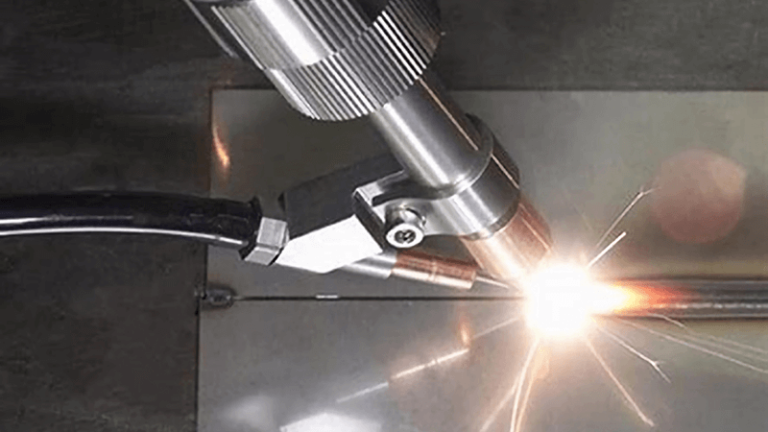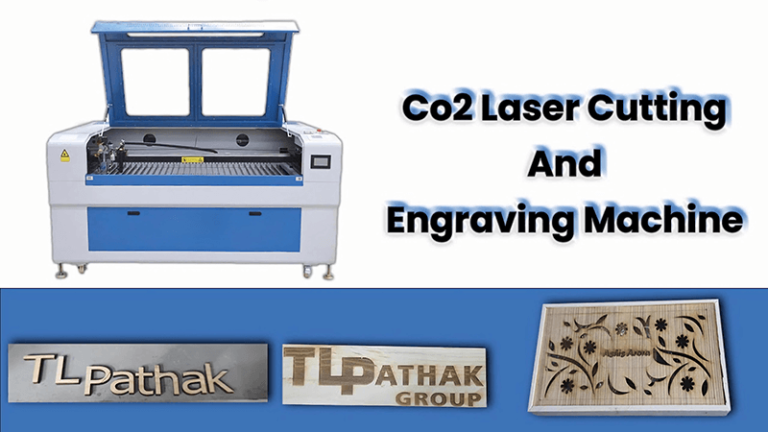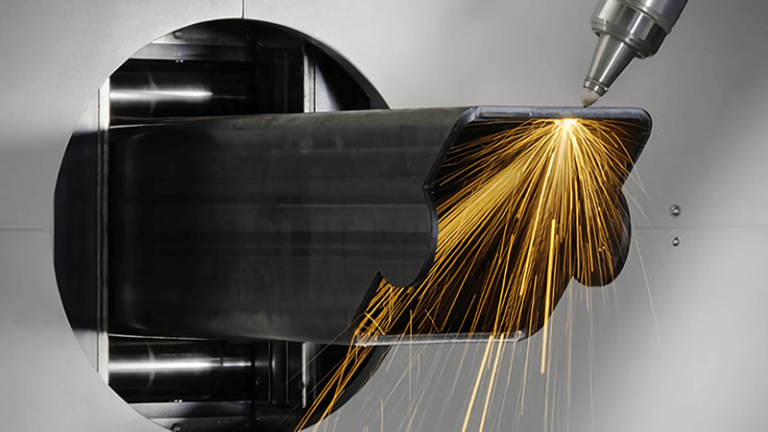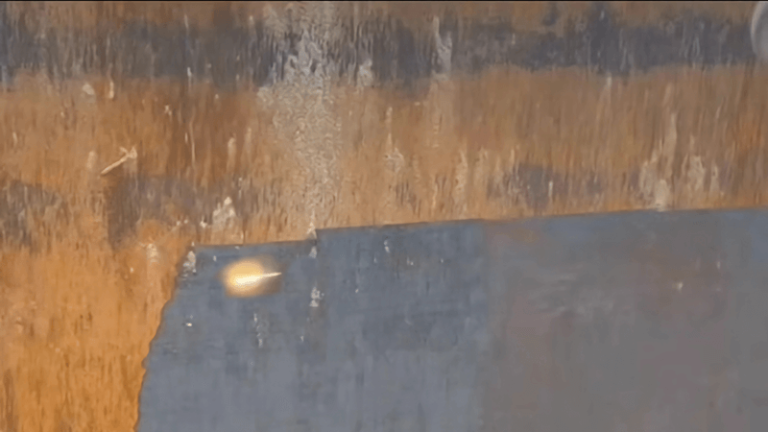In the realm of metal fabrication, the application of laser welding on galvanized sheets marks a significant advancement, offering precision, efficiency, and quality in joins. This technology is particularly relevant for industries where galvanized steel plays a critical role, such as in automotive, construction, and HVAC systems, due to its corrosion-resistant properties.
Understanding Laser Welding with Galvanized Sheets
Laser welding employs a concentrated laser beam to melt and fuse materials. For galvanized sheets, this method is highly advantageous. It allows for the welding of coated materials without removing the zinc coating, thus maintaining the corrosion resistance of the workpiece. Moreover, laser welding minimizes thermal distortion and can achieve high-speed welding with excellent accuracy, making it ideal for thin sheets.
Technical Analysis of Laser Welding in Galvanized Sheet Applications
Laser welding of galvanized sheets requires careful control over the welding parameters to prevent defects such as porosity or zinc vapor entrapment, which can occur due to the zinc coating's low boiling point. The key is to optimize the laser power, welding speed, and gas flow rate to ensure the zinc vapor escapes the weld pool without compromising the integrity of the weld.
The use of assist gas, typically nitrogen or argon, helps to protect the weld area from oxidation and facilitates the ejection of zinc vapors, thereby reducing the risk of porosity and ensuring a cleaner weld.
Welding Technical Parameters for Galvanized Sheets
Achieving high-quality welds on galvanized sheets involves selecting the right welding parameters that account for the material's thickness and the zinc coating's properties. Below is a table that outlines recommended parameters for welding galvanized sheets of varying thicknesses:
| Galvanized sheet | |||||||||
| Material and Thickness (mm) | Laser Power (W) | Laser Frequency (HZ) | Duty Cycle (%) | Wobble Frequency (HZ) | Wobble length (mm) | Wire speed (mm/s) | Wire type | Welding Angle | Welding Form |
| Galvanized sheet 1.0 | 540 | 5000 | 100 | 50 | 2 | 12 | ER304.0.8 | Flat | Penetration |
| Galvanized sheet 1.0 | 540 | 5000 | 100 | 50 | 2 | 12 | ER304.0.8 | Inner corner | White |
| Galvanized sheet 1.0 | 540 | 5000 | 100 | 50 | 2 | 12 | ER304.0.8 | Outside corner | 70% penetration |
| Galvanized sheet 1.5 | 690 | 5000 | 100 | 50 | 2 | 12 | ER304.0.8 | Flat | Penetration |
| Galvanized sheet 1.5 | 660 | 5000 | 100 | 50 | 2 | 12 | ER304.0.8 | Inner corner | White |
| Galvanized sheet 1.5 | 690 | 5000 | 100 | 50 | 2 | 12 | ER304.0.8 | Outside corner | 75% penetration |
| Galvanized sheet 2.0 | 1200 | 5000 | 100 | 40 | 2.5 | 12 | ER304.1.0 | Flat | Penetration |
| Galvanized sheet 2.0 | 1200 | 5000 | 100 | 40 | 2.5 | 12 | ER304.1.0 | Inner corner | White |
| Galvanized sheet 2.0 | 1200 | 5000 | 100 | 40 | 2.5 | 12 | ER304.1.0 | Outside corner | 85% penetration |
| Galvanized sheet 2.5 | 1500 | 5000 | 100 | 30 | 2.5 | 12 | ER304.1.0 | Flat | Penetration |
| Galvanized sheet 2.5 | 1500 | 5000 | 100 | 30 | 2.5 | 12 | ER304.1.0 | Inner corner | White |
| Galvanized sheet 2.5 | 1500 | 5000 | 100 | 30 | 2.5 | 12 | ER304.1.0 | Flat | 80% penetration |
| Galvanized sheet 3.0 | 1900 | 5000 | 100 | 30 | 3.0 | 12 | ER304.1.2 | Flat | Penetration |
| Galvanized sheet 3.0 | 1700 | 5000 | 100 | 30 | 3.0 | 12 | ER304.1.2 | Inner corner | White |
| Galvanized sheet 3.0 | 1900 | 5000 | 100 | 30 | 3.0 | 12 | ER304.1.2 | Outside corner | 85% penetration |
These parameters serve as a guideline and should be adjusted based on specific project needs and the laser welding setup. Proper parameter selection is crucial for minimizing defects and ensuring a strong, corrosion-resistant weld.
Conclusion
Laser welding presents a transformative approach to joining galvanized sheets, offering unmatched precision and maintaining the material's corrosion resistance. Through the careful selection of welding parameters, this technology enables manufacturers to achieve superior weld quality, contributing to the longevity and durability of the final product. As laser welding technology continues to evolve, its application in galvanized sheet welding is set to become even more prevalent, further enhancing the capabilities of industries relying on this versatile material.





